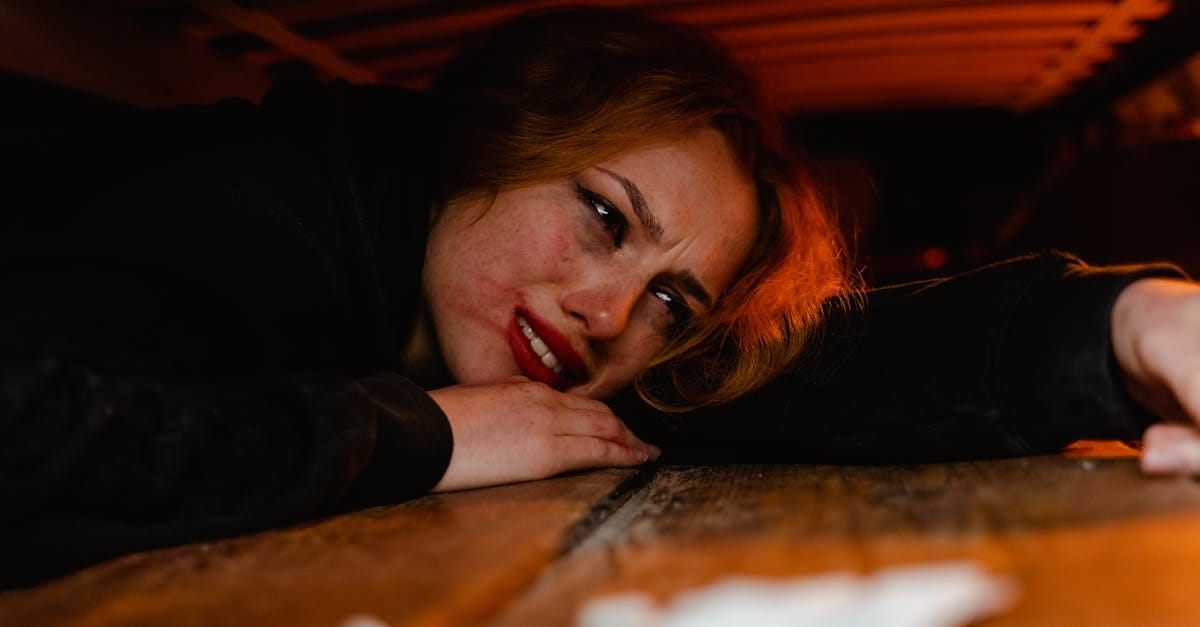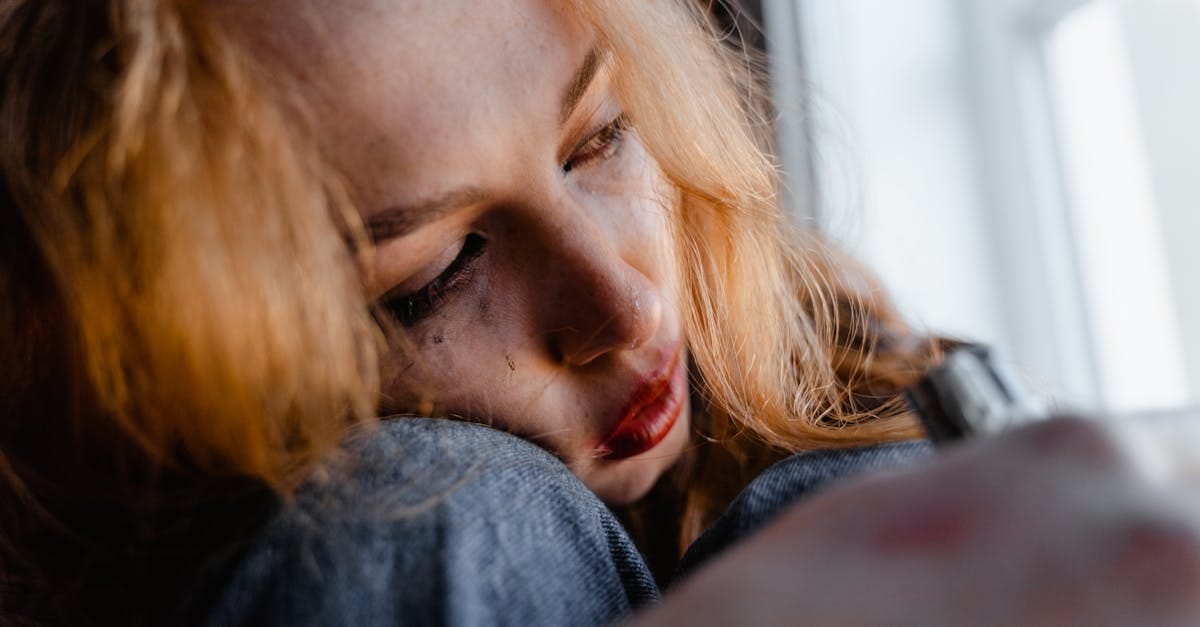This article explores three reliable techniques for achieving a beautiful whitewashed finish on your wood surfaces. The first method involves using a diluted white latex paint mixed with water to create a soft, farmhouse-inspired look. The second technique utilizes a candle to create a distressed effect, masking certain areas of the wood before applying the paint. Finally, the article details the use of a paint scraper for efficient coverage on large surfaces, ensuring a smooth and even finish. Each technique offers unique benefits, making it easy to transform your wood into a stunning focal point.
Transform Your Space: Latest Trends in Painting and Renovation
Are you ready to breathe new life into your home or business? The world of painting and renovation is constantly evolving, offering exciting opportunities to transform your spaces with style and flair. From vibrant color palettes that reflect contemporary trends to innovative techniques that elevate aesthetics, there are endless possibilities awaiting your creative touch.
In recent times, the trend of whitewashing wood has emerged as a popular choice among homeowners seeking a charming, farmhouse-inspired look. This simple yet effective technique allows you to achieve a lighter, airy ambiance effortlessly. Not only does whitewashing enhance the natural beauty of wood, but it also creates a serene atmosphere that can transform any room.
In this article, we’ll explore essential tips and techniques for updating your residential or commercial spaces through informed painting choices. Discover how to select colors in vogue, implement effective painting methods, and make the best use of innovative materials. Let’s embark on a journey to rejuvenate your environment and create a stunning backdrop that resonates with your vision!

Three Reliable Techniques for Whitewashing Wood
| Technique | Description |
|---|---|
| Standard Dilution | Mix white latex paint with water in a 2:1 ratio for a thicker, farmhouse look. |
| Candle Method | Rub an unlit candle on the wood before applying paint to create a distressed finish. |
| Using a Scraper | Apply paint directly to the surface and use a scraper to spread it evenly in grooves. |
| Sealing | Apply water-based polyurethane after whitewashing for added protection and sheen. |
Transforming Spaces with Whitewashing: A Contemporary Approach
In the world of interior design and renovation, finding the right balance and aesthetic appeal is crucial. One effective technique that has gained popularity in recent years is whitewashing. This method allows homeowners and business owners to infuse their spaces with a light, airy feel, reminiscent of a classic farmhouse style without overwhelming the senses. In this article, we will explore the steps and techniques required to master the art of whitewashing wood, discuss its impact on the overall ambiance of a room, and describe the materials typically used.
The Basics of Whitewashing
Whitewashing is a simple yet transformative process that involves applying a diluted paint solution to wood surfaces, creating a lighter and more rustic appearance. The appeal of whitewashing lies in its versatility; it can revitalize old furniture, beams, or even walls, making it suitable for both residential and commercial applications.
Preparing Your Wood for Whitewashing
Before diving into the whitewashing process, it’s important to prepare the wood properly. Proper preparation ensures that the finish is smooth and evenly applied.
- Cleaning the Surface: The first step is to ensure that the wood surface is dry, clean, and free from any debris. This includes dust, dirt, grease, and any existing coatings that may prevent proper adhesion.
- Sanding: Use fine-grit sandpaper to sand the wood in the direction of the grain. This not only smooths the surface but also provides a better texture for the paint to adhere to.
- Dust Removal: After sanding, clean the surface again to remove any dust particles. This can be done using a vacuum or a damp lint-free cloth.
Choosing the Right Paint for Whitewashing
Any type of latex paint can be used for whitewashing, but opting for white latex paint ensures a classic result. The beauty of whitewashing lies in the ability to customize the mixture to achieve your desired level of opacity.
- Dilution: The key lies in the correct dilution ratio to create either a thick or thin wash. For a more opaque look, mix two parts paint to one part water. Alternatively, for a more transparent and subtle finish, use a 1:1 ratio.
Step-by-Step Guide to Whitewashing Wood
Let’s walk through the essential steps for effectively whitewashing wood surfaces.
- Sanding and Cleaning: As previously mentioned, start by sanding the wood surface with fine-grit sandpaper. After sanding, wipe it down with a damp cloth to eliminate all dust.
- Covering Surroundings: Lay down drop cloths to protect your floors and nearby furniture from any accidental paint splatters.
- Mixing the Paint Solution: Combine your chosen paint with water, stirring until well mixed to ensure a uniform consistency.
- Testing the Mixture: It’s advisable to perform a test application on a hidden area of the wood. This allows you to see how the finish looks when dried and allows you to adjust the mixture as necessary.
- Applying the Whitewash: Using a wide paint brush, apply the whitewash in the direction of the grain. Once applied, take a lint-free cloth and wipe away any excess paint to achieve your desired look.
- Detailing: For intricate areas or hard-to-reach spots, use a narrower brush to apply the whitewash carefully.
- Final Touches: Once satisfied with the finish, allow the piece to dry completely.
Creating Distressed Effects with Whitewashing
For those looking to add character to their wood finishes, incorporating a distressed look can greatly enhance the ambience of a space. One popular technique involves using a candle before applying the whitewash.
By rubbing an unlit candle along the wood’s surface, the wax creates a barrier on the raised areas of the grain. As a result, these areas will remain untouched by the paint, giving the surface a more textured and layered look.
Steps to Achieve a Distressed Finish
- Sanding: Begin with sanding and cleaning the wood as previously detailed.
- Wax Application: Rub the candle on the wood wherever you want to maintain the original color. This helps create highlights in the whitewash.
- Whitewashing: Apply the white paint in the direction of the grain, letting the wax spots shine through. This method allows for a stunning visual contrast.
- Final Touch: Once the whitewash dries, buff the surface to bring out the detail where the wax was applied, enhancing the distressed appeal.
Sealing Your Whitewashed Wood
To ensure the longevity of your whitewashed finish, adding a protective layer is crucial, especially for furniture in high-traffic areas. A clear coat of water-based polyurethane acts as a suitable sealant, protecting against scratches and wear while providing a subtle sheen.
Apply the sealant only after the whitewash is completely dry. Following the manufacturer’s instructions regarding application and drying times is essential to maintain the integrity of the beautiful finish you’ve created.
Common Questions About Whitewashing
What type of paint should I use to whitewash wood?
You can use any water-based paint for whitewashing, but latex paint is the most common choice for its ease of use and quick drying properties.
Is sanding necessary before whitewashing?
While not always necessary, lightly sanding the wood surface can greatly enhance adhesion and finish quality, especially if the wood has been previously treated.
Can whitewash be customized?
Absolutely! Adjust the paint-to-water ratio to achieve various levels of saturation and opacity, making it versatile for a range of design aesthetics.

Transform Your Space Today!
Ready to breathe new life into your home or business? Our expert painting and renovation services will not only revitalize your space but also enhance its aesthetic appeal. Experience the perfect blend of quality, creativity, and professionalism. Let’s create the atmosphere you’ve always dreamed of!
Latest Trends and Tips in Painting and Home Renovation
Trends in Residential Painting
- Bold Color Choices – Embrace vibrant colors instead of traditional neutrals to create a striking atmosphere in any room.
- Accent Walls – Designate one wall to showcase a bold color or pattern for a dramatic effect.
- Matte Finishes – Opt for matte paint finishes that provide a sophisticated touch and help hide imperfections.
- Biophilic Design – Integrate nature-inspired colors and materials, which promote a calming environment and enhance well-being.
Techniques for Effective Painting
- Proper Surface Preparation – Ensure that all surfaces are cleaned, sanded, and primed to achieve a smooth and even paint application.
- Layering Techniques – Experiment with layering paint colors to create depth and texture in your spaces.
- Whitewashing – Consider whitewashing wood surfaces to achieve a lighter, rustic look, perfect for both interiors and exteriors.
- Using Innovative Tools – Invest in high-quality brushes and rollers that enhance finish and reduce application time.
Practical Tips for Homeowners
- Test Samples Before Committing – Always test paint swatches in your home to see how they look at different times of day before making a final decision.
- Think About Lighting – Select colors that complement the natural light in a room, as lighting can drastically change how a color is perceived.
- Plan for Durability – Use high-quality, washable paint in high-traffic areas to ensure long-lasting results and maintain cleanliness.
- Seek Professional Advice – Don’t hesitate to consult with design experts who can provide tailored advice for your specific space.
Frequently asked questions
Glossary of Key Terms Related to Painting and Home Renovation
- Whitewashing
- A painting technique that involves diluting white paint with water to create a translucent finish on wood surfaces, giving them a lighter, rustic appearance.
- Polyurethane
- A synthetic coating applied to wooden surfaces to protect against scratches and wear while adding a glossy finish.
- Drop Cloth
- A protective cover used to shield floors and furniture from paint spills and splatters during a painting project.
- Finishing
- The final surface treatment applied to a painted surface to enhance its durability and appearance, including sealing, varnishing, or clear coating.
- Limestone
- A sedimentary rock used in the production of limewash, creating a more matte and chalky finish compared to traditional whitewash.
- Sanding
- The process of smoothing a surface using abrasive materials, typically done to prepare wood for painting or finishing.
- Paint Brush
- A tool with bristles used to apply paint, available in various sizes and shapes for different applications.
- Grain
- The natural pattern and texture of wood, which impacts the appearance and absorption of paint and finishes.
- Distressing
- A technique used to give furniture a worn or aged look, often achieved through methods like sanding, whitewashing, or applying wax.
- Interior Design
- The art of enhancing the interior of a space to achieve a healthier and more aesthetically pleasing environment, often involving color, texture, and layout considerations.
The process of achieving a stunning whitewashed finish on your wood surfaces can transform your interior spaces, imparting a fresh and inviting atmosphere. By utilizing three reliable techniques—diluting paint, employing a candle for a vintage effect, or using a scraper for larger areas—you can elevate the aesthetic of your home or business. Each method offers a unique approach that can cater to different preferences, ensuring that your project not only looks great but also reflects your personal style. Now is the time to embrace the charm of whitewashing and bring new life to your wood surfaces, encouraging a delightful ambiance that’s sure to impress.
Three Reliable Techniques for Achieving a Beautiful Whitewashed Finish
1. Traditional Diluted Paint Method
One of the most straightforward ways to achieve a stunning whitewashed effect is by diluting white latex paint with water. Depending on your preferred finish, you can adjust the ratio of paint to water.
- For a thicker look: Mix 2 parts paint with 1 part water for a more pronounced farmhouse style.
- For a subtle finish: Combine 1 part paint with 1 part water to create a lighter sheen.
- Tip: Always test the mixture on a hidden section of wood to ensure the desired appearance before applying it to the entire surface.
2. Candle Wax Whitewashing Technique
This creative method employs candle wax to create a more distressed and textured finish. The wax acts as a resist, allowing select areas of the wood to remain untouched by paint.
- Preparation: Sand the wood surface gently and clean it with a damp, lint-free cloth.
- Application: Rub an unlit candle along the grain of the wood before applying the white latex paint.
- Enhancement: After the paint has dried, wipe away excess wax to reveal a uniquely distressed appearance.
3. Paint Scraper Technique
For larger surfaces, using a paint scraper is an effective and efficient method to achieve whitewashing. This technique works well for filling in the grooves of the wood grain.
- Setup: Start with a clean, sanded piece of wood, ensuring dust is removed.
- Technique: Pour a small amount of diluted paint in the center and use a scraper to spread it evenly across the surface.
- Final Touch: Allow the surface to dry completely, enhancing durability and achieving a smooth finish.
Transform Your Space Today!
Discover the magic of a revitalized home or business with our expert painting and remodeling services. From selecting the perfect trendy colors to innovative techniques, we are here to enhance your environment and reflect your unique style. Don’t wait another moment to bring your vision to life—reach out and let’s make it happen together!
Mariana Pons is the visionary behind some of the most stunning transformations at TS Painting & Restoration. With a strong background in design and renovation, she has empowered countless clients in Florida to revitalize their homes and businesses with her expert painting solutions. Born in the Dominican Republic and raised in New York, Mariana seamlessly blends urban sophistication with tropical charm in her approach.
Her philosophy revolves around transformative energy. Mariana thrives on taking outdated or neglected spaces and turning them into vibrant, inviting environments. Her project portfolio is filled with compelling before-and-after stories that highlight her skill in overcoming challenges and delivering exceptional results, making her a trusted partner for clients seeking to enhance their spaces.
Outside of work, Mariana enjoys exploring new cultures through travel, indulging in culinary experiences, and staying ahead of the latest interior design trends. She believes that every project is not just a task, but an opportunity to create something extraordinary that reflects the personality and desires of her clients.
At TS Painting & Restoration, Mariana is committed to using high-quality materials and innovative techniques to ensure each painting project exceeds expectations. Her passion for color and design enables her to guide clients in selecting the perfect palettes that breathe life into their spaces, making every home and business a true reflection of individuality.


